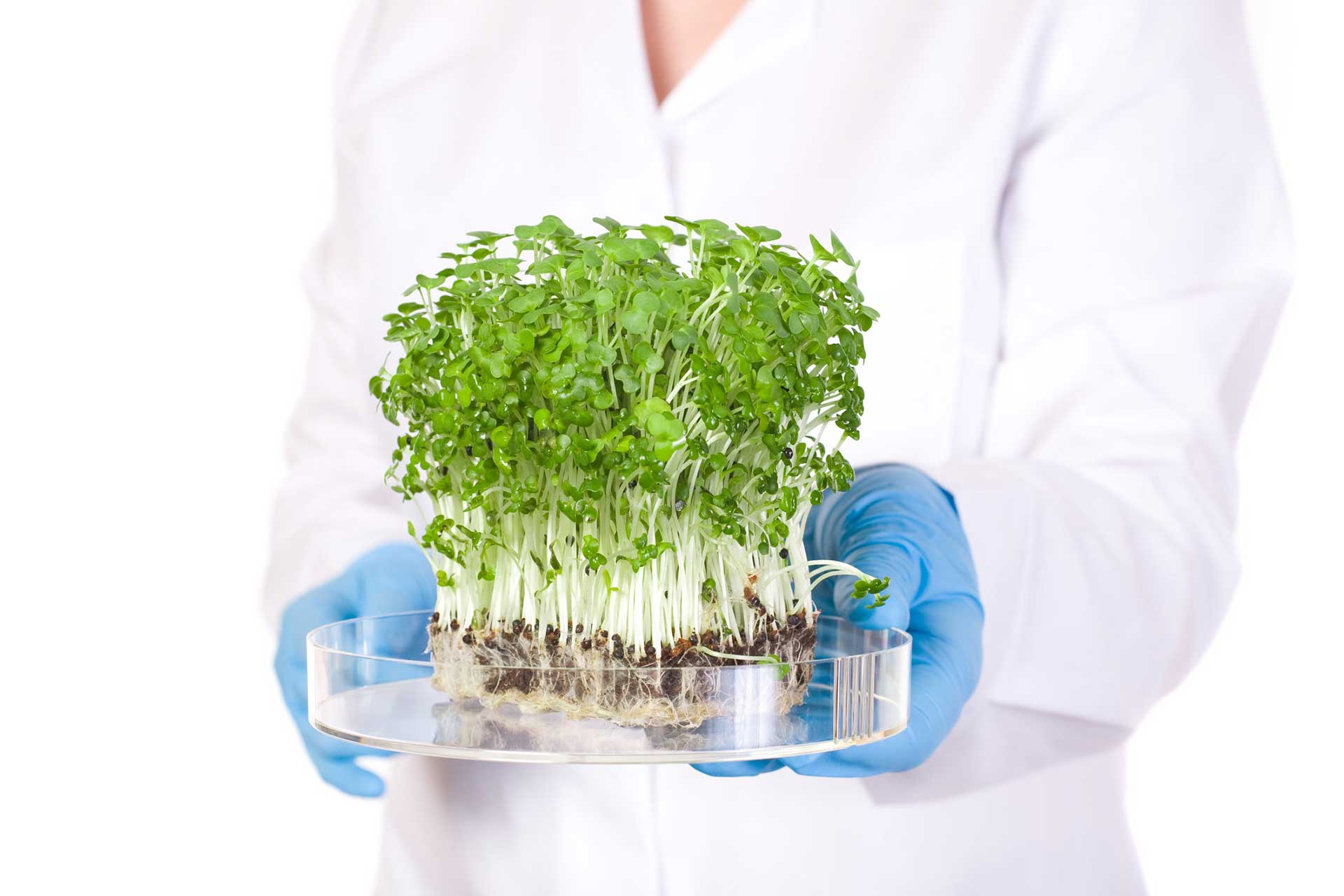For sulforaphane to have disease-preventive effects, one might assume that it would be classified as an ‘antioxidant’. Perhaps counter-intuitively, sulforaphane was shown to be a weak pro-oxidant. What has emerged in recent decades is that prevention of any disease is best achieved when weak pro-oxidant signals act as stressors to ‘tell’ the cell when it needs to activate its endogenous defences.
Food molecules like sulforaphane are exactly that – weak pro-oxidant stressors that send nutrigenomic signals to activate the cell’s own defences. By contrast, direct-acting antioxidants can mask those essential pro-oxidant signals, countering Nature’s key inbuilt defensive mechanisms. For this reason, prescribing higher than dietary levels of antioxidant vitamins, A, C, E, beta-carotene and NAC should be avoided when prescribing sulforaphane and/or GliSODin®.
Instead of supplying direct-acting supplemental antioxidants at regular intervals, Nature’s mechanisms exert a modulating effect on redox status, increasing or decreasing the synthesis of antioxidant enzymes as the cell requires.

Sulforaphane is the most potent activator of Nrf2, the Master Transcription Factor which governs the core cellular defence processes by enhancing the expression of over 200 cytoprotective genes.

 As the demand for this ingredient has grown, so too has the number of broccoli sprout products in the market. So unregulated is the entry of such products into the market that it is difficult if not impossible for a consumer, or even a clinician, to determine the worth of such products. The science which underpins sulforaphane’s benefits in humans is generally more complex than for many of the nutraceutical ingredients which have gone before it.
As the demand for this ingredient has grown, so too has the number of broccoli sprout products in the market. So unregulated is the entry of such products into the market that it is difficult if not impossible for a consumer, or even a clinician, to determine the worth of such products. The science which underpins sulforaphane’s benefits in humans is generally more complex than for many of the nutraceutical ingredients which have gone before it.




